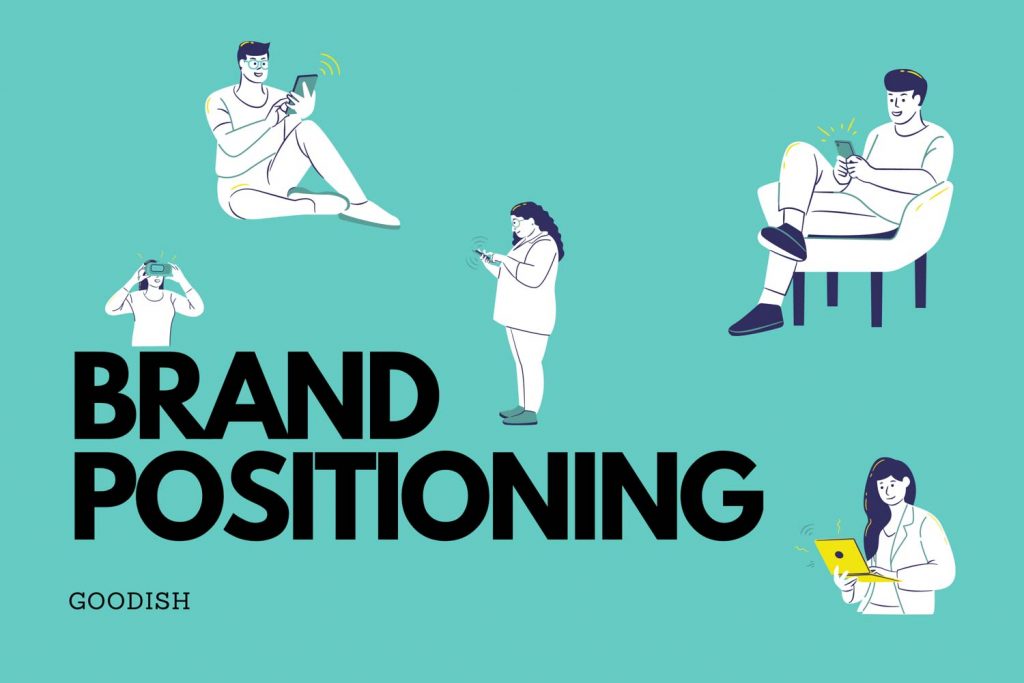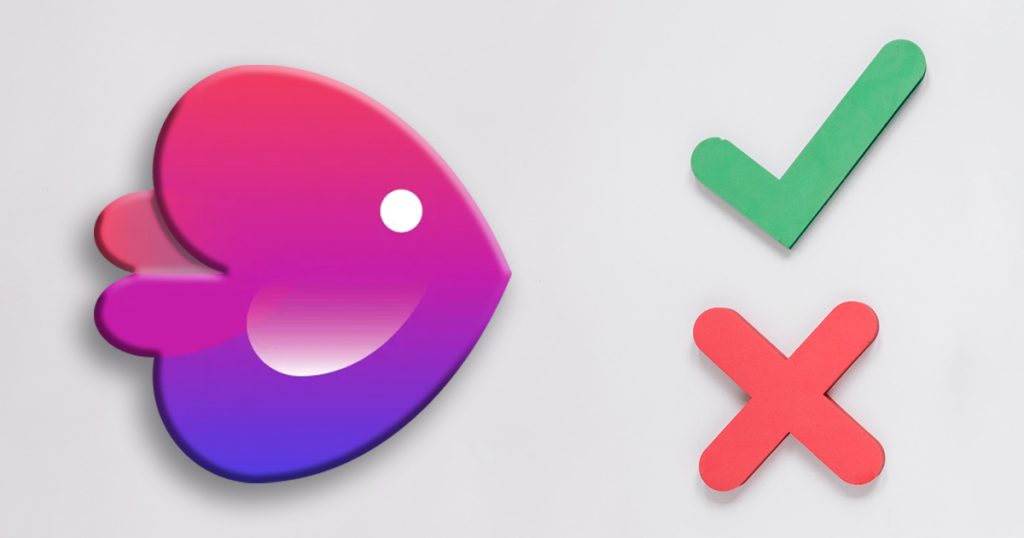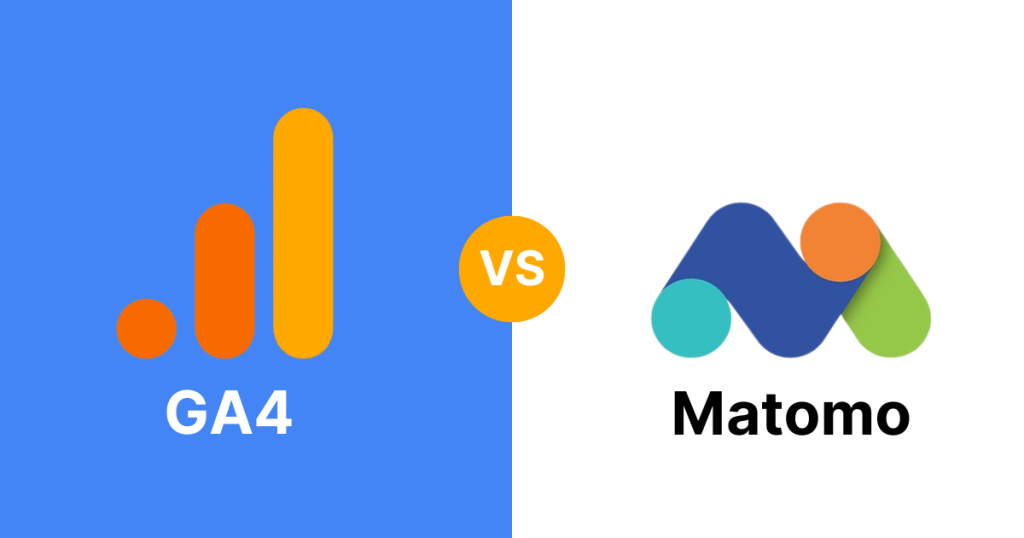Before we get started, we need to define what brand positioning is. Partly so that we can have a productive discussion & partly because the art of marketing is nothing if not an ever-changing set of terms that try to describe old concepts in a new reference frame.
So, what is brand positioning? It’s the process of being defined, or in less vague terms, it’s a strategic tool, with the aim of occupying a certain “problem-solution” place in the consumer’s mind with a brand. I know that Google is the best at finding stuff online, and if I need to find something online, I go to Google. Therefore, before we define our brand position, we must first define these 3 things:
- The what – What are you doing, or what problem are you solving?
- The who – Who would need/want it?
- The why – Why are you the best option?
Merged together they form a brand positioning statement. Which can then be used to guide your company’s actions, both inside & outside the marketing department. It should go something like this:
“<your company name> is the best option within <market category>, for <target audience>, which need <what you do for them> because <reason you’re the best>”
Be careful with this one, I’ve seen dozens of brand positioning statements that ended up virtually meaningless because one (or more) of those inputs was done wrong. If it sounds wrong, too broad, or too specific, it probably is.

What’s the Point of Solid Brand Positioning?
It’s business, so money. If anytime someone needs your product, with good brand awareness, they’ll think of you, that’s just free marketing. Not only that, they’ll recommend it to anyone they see as “needing it”. Brand logo, consistent brand design, and solid brand identity present a potential vector to increasing your price since a good brand increases the perceived value of your products. But in the end, it’s all about money, and that’s alright.
The 3 steps I promised
Alright, alright, no more definitions, let’s get into it.
Step 1 – Definitions
I lied, it’s all definitions. That is what brand positioning is, after all. And it all starts with your product or service (the what). What exactly is it that you are selling? Now I can’t define your product for you, mostly because I have no idea what it is, but I can tell you where I’ve seen this go wrong & hope that it helps you.
You see, the question “what are you selling?”, is a trick question. One, which in my experience, most fall for. The real question is “what are your customers buying?” and yes there is a difference, let me explain with a weird example.
You’ve never bought water
Oh, I’m sure you’ve gotten thirsty, gone into a store & bought a bottle, but have you ever thought about what you’re actually buying? You’re buying location, convenience, portability, or maybe some other more abstract concept like preference.
Your base need for survival, which is what water would satisfy didn’t come into play. You could’ve just waited until you got home & poured a glass, which is virtually free, or at least cheap to the point of our minds not considering it “a purchase”. You were satisfying something else, a want, not a need. And in the modern world, that is practically always the case.
Now in pop-psychology there is a well-known concept called Maslow’s hierarchy of needs. Which falls nicely into this conversation. You see all good brands are covering stuff above those base needs, which specific one depends on the audience. This is because modern consumers are only looking to fulfil those.
Are you targeting young men like Axe? Great, tell them how it’ll allow them to get a girl. Or maybe you’re Udemy, targeting self-actualization. Whatever the case, the job of any marketing expert is to reframe their product into one of these higher needs through commodification.
“What are you selling?”, is a trick question. One, which in my experience, most fall for. The real question is “what are your customers buying?” and yes there is a difference
The Who
I’ve already written an article on market research which covers this, so I won’t go in-depth here. But to provide an overview you should ask yourself a few questions:
- What group of people has the greatest need for my product?
- Which of those are most likely to buy?
- Who can I actually reach?
- Who can I actually serve?
If you can answer this part well, your job is basically easy from here on out. It is however, pretty straightforward with today’s technology. People & companies (if you’re B2B) seem to have an endless desire to share their needs, thoughts & cravings online. You need only use a bit of creativity to find it, like using online job finding tools, subreddits & Facebook groups if your product replaces a certain job.
Another tip, if you’re a startup, you’re targeting some form of enthusiast not the general market. They will be the first ones to try your product & will have a say in whether it sees any success.
Step 2 – Be Unique
This is where we answer the “why”. Hopefully, yours is; “because I’m the only option”. If you’ve positioned your company in an empty market, you’ve got a nice monopoly. My advice to you is to stop reading this article & start reaping the rewards. Most however aren’t.
If you’re in a highly competitive market, where product differentiation is relatively small this becomes slightly harder. Keeping the aforementioned higher needs in mind you need to double down on becoming the product most associated with a higher need. For example, the brand with the greatest community, most trusted service, most family-friendly stores, etc.
Generally, you’ll fall somewhere in between those two & you can push yourself closer to the first “monopolistic” position by using various thought frameworks, exercises, and other stuff found in books focusing on helping you be unique in your brand positioning. Some well-known options to get started are:
- Blue Ocean Strategy & Shift – W. Chan Kim and Rénee Mauborgne
- The Big Moo: Stop Trying to be Perfect and Start Being Remarkable
- Brand Gap, Zag, Brand Flip – Marty Neumeier
There is a huge number of ideas, blog posts, books, on how to do this, mostly because everyone is trying to achieve “uniqueness”. They all help, but in the end, you’ve got to forge your own path to being truly unique in the minds of your customers.
Step 3 – Talk the Talk & Walk the Walk
Alright, let’s say you’ve figured steps 1 & 2 out. You’ve defined your company fully & in a novel way. Now what? Well, remember what positioning is really about – your customers’ perception of you. “It’s not what you say it is. It’s what they say it is.” – Marty Neumeier.
So how does that shift happen? Well, through marketing. You’ve got to promote yourself, build a solid brand identity, positioning and brand awareness, generate good press, etc. Otherwise, how will people know about your amazing brand? There is a small trick to it though (isn’t there always?). Advertising will only help you build their initial idea, their initial perception, of who your brand is. Once that’s done it’s on you to not mess that up.
Every ad, every word, every notion that pops into your customers’ heads about you is now your responsibility. Or more precisely, these will create expectations, it’s your responsibility to meet or exceed them. If you manage to keep up, this will only strengthen those perceptions & make them more confident in buying & promoting your products.
Sidenote: Negative perception works the same way. The more you disappoint, the worse it gets.
To do so you need to bring your entire company into this discussion. Make sure everyone understands & commits to doing everything in their power to find out what people expect of you & exceeding that at every step. These steps can be big like the first experience they have using your product or calling customer support, or small like clicking a google result, expecting to learn X. If that page they landed on isn’t what they hoped it would be, they’ll be disappointed.
Sidenote: You will always be compared to your closest competitors (unless you’re alone), brand perception is a relative thing. Make sure you’re the proverbial “best of the bunch”.
Luckily modern analytics tools & testing processes help us do this pretty well. Start small by implementing free tools like Google analytics & measuring click drop-off & build-up from that until you have an entire research department ensuring every product launch is as great as possible.

The 3 Reasons You’ll Fail
Hopefully I’ve done a good job at giving you a brief overview on brand positioning & how to go about it in the previous chapter. I tried sprinkling a few new ideas in there but it’s nothing really “new” & if so inclined, you’ll be able to find a lot of the advice I gave dispersed around the internet. Here’s why most of that is BS. Take this as a warning, prophecy or the jaded rantings of a madman. Either way, I suggest you keep reading.
Reason 1 – Betrayal
Betray or Be Betrayed
Say you’ve done a good job at the positioning. You’ve got thousands of enthusiastic people raving about your product. You’ve got a forum, a subreddit, and a Facebook group full of people sharing their thoughts & ideas to make sure your next product is on point. You know your who, what & why in depth.
Now what? Betray them of course. There is a huge problem with enthusiasts (to be clear I’m one of them). They’ll rave about you, but aren’t loyal. They’re just itching to try out something new & are well aware of their options. So, the moment you don’t have the most features, or aren’t the cheapest, they’re gone. If they’re not loyal, why should you be? It would be a bad business decision after all. You now have resources, find a mass-market “who” & launch a product for them. Use what loyalty you have left to fund your new celebrity staring marketing campaigns.
Now if you’ve done a great job at positioning, even better, you’re now the only option in a field. Go at it even harder, it’s business after all & as long as they don’t have a choice, they’ll have to come back.
Companies like Oppo started out as an enthusiast smartphone brand & are now the best selfie phone. Elasticsearch was grown through open-source & has now changed its license to strive for greater enterprise revenue. Apple was once a very geeky brand, now…well I’ll keep it at that.
Reason 2 – Your Mom Lied
She said she loved your idea, didn’t she? That you were special? Well, here’s the thing about uniqueness, most people think that they’re the exception. Everyone’s the protagonist of their own story & believes that they are special in some way. This is doubly true for entrepreneurs like you. Sadly, after working with quite a few clients over the years, I can tell you, most aren’t.
The funny thing is, even the people peddling uniqueness aren’t such. I’ve listed quite a few books in this article that talk about it in various forms, and even if they were truly unique, there are literally thousands more that aren’t. Go on, Google “brand perception” or “bran positioning”, read the first 20 articles, and tell me how different they were. The truth is most of these ideas can easily be traced back to the early-mid 20th century & could probably be found in some ancient Greek philosophers’ books if anyone bothered to look.
So, if even the people peddling uniqueness aren’t, how is anyone supposed to help you be?
Reason 3 – Your Boss is Good
Finally, we get into “walking the walk & talking the talk”. Well dear reader, let me tell you a little story of a marketing expert who walked into their boss’s office one day with an amazing finding. They did their research & found out they could increase the company’s profits by 30% by promoting their “made in the US” status. Well, the boss said no & the marketing expert went grumbling off back to his office.
Surprisingly enough, the boss was right. You see that week he had learned that he could save the company 60% of its costs by outsourcing manufacturing to China, he was just making the obvious choice & being a good CEO.
Well, he may have been a good one, but here’s what a great CEO would’ve done: Outsource most manufacturing to China & keep some mission-critical parts in the US, thus saving 57% of their costs. Meanwhile, he’d also call the marketing expert back & tell them to do a giant promotional campaign on the staff he kept in the US, thus increasing profits by 28%. He’d had an idea of how to go about it, they would say their products were: “Designed in California”.
People seem to expect authenticity from brands, from companies without realizing what they truly are. Profit-making machines. It’s not within their nature or purpose to live up to your values or expectations.

The 3 Ways You Should Tell Me to Stick It
Still with me? Welcome to the big finish. Here’s how I’m wrong about everyone being wrong.
Way 1 – How Bout No?
Alright, you don’t want to betray your audience, I’m with you there, the question is how. And I’ll be honest, this one’s hard to answer. The solution I have for you is to use what I’ve thought you about branding and brand positioning. When you’re a small startup, starting out, you are the brand. Your personality & values are what make it unique, they are your guard against yourself.
Don’t get me wrong, the change will happen, you will change, your team will change, some people will feel betrayed, but if you set up the core around some strong values, your most loyal audience will see that & stick with you. I mentioned Apple briefly above & they certainly go around betraying people a lot. But their core, their strife for “beauty, utility & functionality through simplicity” remains there. Thus, even when they make their products harder to repair, those who were there for that core, remain there.
The second point was around Blockbuster’s failure, well stuff has changed since then. The analytical, communications & innovation practices we have today are much, much better. Keeping in touch with what your customers really want & quickly pivoting to it has never been easier. And while nothing lasts forever, you’ll be damned if you don’t try to prove that wrong. Who that has ever built anything important hasn’t?
Way 2 – Mom Was Right if I Make Her Right
First off, I’m going to tell myself to “kindly sod off” for you. I mean seriously, what utter tosh about not being unique. Sure, there’s a lot of regurgitated/reimagined stuff around, but that in no way means you’re not creating something cool. And while sometimes there seems to be a lot of similarities between ideas, books, etc. it’s all just human, building upon itself, floor by floor until we make another skyscraper.
And even if you no longer feel like being unique, that’s fine as well. If executed correctly, you can be “successfully average”. See any grass-roots, populist political movement (some of its “I’m just like you” could be fake, but people seem to like it). Any brand that bases itself on its “humanity” is one I’m sure will be successful in today’s world.
The change will happen, you will change, your team will change, some people will feel betrayed, but if you set up the core around some strong values, your most loyal audience will see that & stick with you.
Way 3 – A New Generation
I have no argument against the last “reason”. True, companies are profit-making machines. I might however have a bit of hope for the future. In the next generations (Y, Z & onward) I see both a great deal of disillusionment with the current systems in place & a great deal of empathy accompanying support for empathy. With ideas like late-stage capitalism, neoliberalism & various loud outcries over perceived wrongs done by companies floating about, it seems like the next generations might be fed up with companies claiming to be eco-friendly while producing megatons of plastic garbage.
Now in no way is this certain to be fixed by “those crazy young people”. But if you want to be among the cutting edge, I can see a pretty successful future for a company built upon more than pure profit. Instead, try aligning your brand positioning to the values of today. Worth a shot, no?
So, you know what reader? You’re right. I’m sorry for being jaded. To finish, let me just tell you that I believe in you. That while we may never meet, I believe that one day your craziness will affect me. So, go out & make something cool!
For more useful content, make sure to check out The Psychology Of Web Design 101 or see how our Marketing Strategies can help your brand.








![Wave.video vs Filmora Comparison [2023]](https://goodish.agency/wp-content/uploads/2023/09/Low-2-1024x683.jpg)


